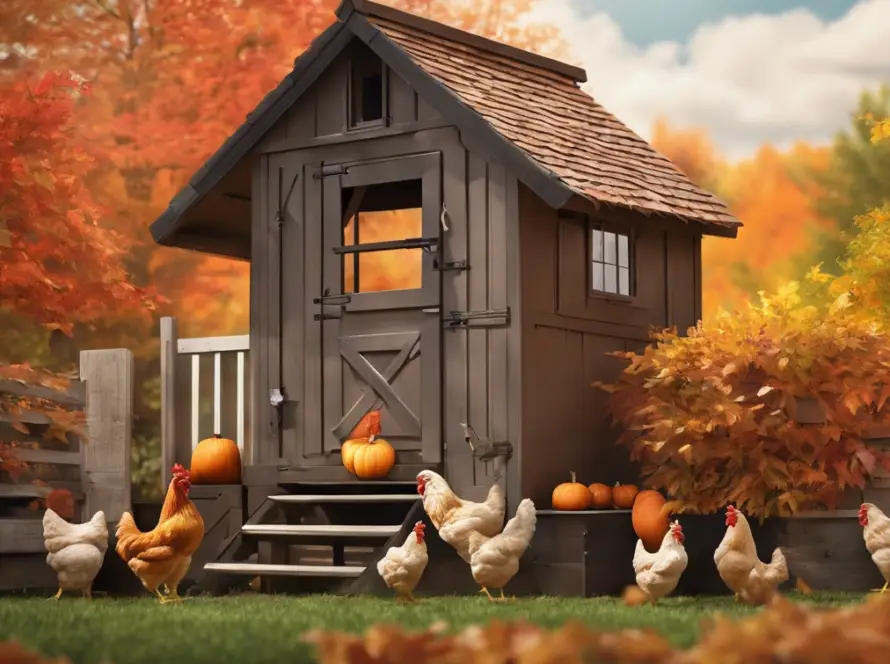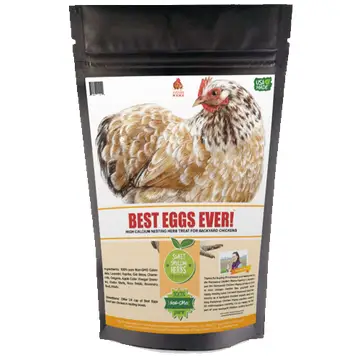As the weather cools down, your hens’ nutritional needs change. Fall is the season when many chickens begin to molt, which can be stressful for them and demands higher protein intake. Additionally, the cooler temperatures mean your flock will burn more calories to stay warm. Here are some feeding tips to keep your laying hens healthy and productive throughout the fall months:
1. Increase Protein Intake
During molting, hens shed their old feathers and grow new ones. This process requires extra protein, so it’s essential to adjust their feed accordingly. Switch to a high-protein feed or supplement their diet with protein-rich treats such as mealworms, scrambled eggs, or black oil sunflower seeds. This will support feather regrowth and keep your hens in top shape.
2. Boost Caloric Content
Cold weather means your hens will expend more energy to maintain their body temperature. To help them, consider adding a feed with a higher fat content to their diet. This will give them the extra calories they need to stay warm and healthy. Offering occasional treats like corn or oats can provide an extra caloric boost as well.
3. Introduce Scratch Grains
Scratch grains can be a helpful addition to your flock’s diet during the colder months. When eaten in the evening, the process of digestion helps generate heat, keeping your hens warmer throughout the night. However, be sure to offer scratch grains in moderation so they don’t fill up on these treats instead of their balanced feed.
4. Maintain Calcium Levels
Egg production continues through the fall, so it’s crucial to maintain calcium levels in your hens’ diet. A lack of calcium can result in weak eggshells. To prevent this, offer free-choice calcium sources like oyster shells or crushed eggshells, ensuring your hens have access whenever they need it.



